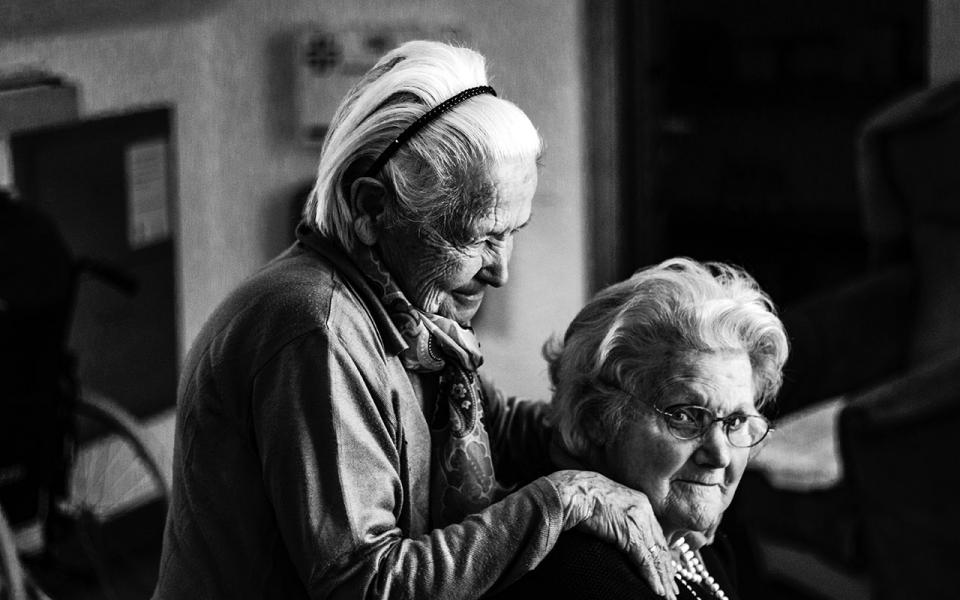Nearly 10 percent of the residents of nursing homes are hospitalised every year (Ingarfield et al., 2009; Ong et al., 2011). Hospitalisation is burdensome for the resident and their family, is often accompanied by physical or cognitive deterioration and has a high cost for society (O'Malley, 2011; Greener et al., 2013). In addition, 16 to 23 percent of residents die during hospitalisation (Graverholt et al., 2011; Alrawi et al., 2013). In a previous study this was 23% in 2009, 32% in 2010 and 28% in 2011 (Maertens, B. et al., 2012). These hospitalisations are often unnecessary (Ong et al., 2011; Hsiao & Hing, 2014) or could have been prevented (Kirsebom et al., 2014; Xing et al., 2013). However, the literature does not yet describe measuring scales to detect residents of nursing homes with acute physical deterioration. Ashcraft and Owen (2014) identify nurses as key figures in the decision process to hospitalise residents. This decision is made on the basis of them recognising changes in the physical and mental condition of the residents. They mapped out specific signals and symptoms, such as level of consciousness, shortness of breath... that occurred at the time the resident was hospitalised.
The aim of this research project is to develop a valid and reliable screening instrument for the early detection of acute physical deterioration (on the basis of specific medication and the clinical insight of the nurse) of residents of nursing homes. The predictive value of physical deterioration, medical consultations, nursing interventions, number of hospitalisations and mortality will be investigated. In addition, the necessity of these admissions will be investigated a posteriori. At the same time, the attitude of (student) nurses towards the elderly will be examined by means of the OPACS questionnaire (Van Schelven et al., 2015).






